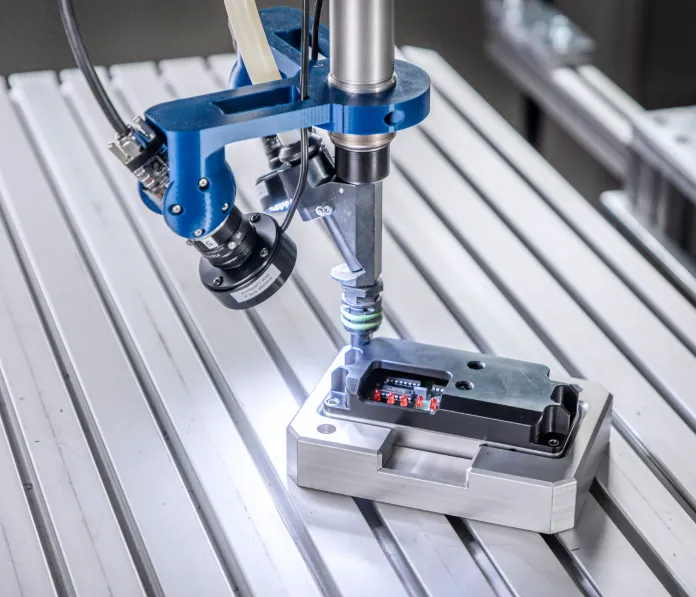As industries continue to evolve, manufacturers are discovering that robotic milling is no longer limited to just metalworking. This advanced technology is now being applied to a variety of materials, including plastics and softer composites, offering incredible precision and efficiency in the production process. If you’re looking to boost your production line with improved productivity, accuracy, and consistency, robotic milling is the solution you need.
The Expanding Role of Robotic Milling
Robots were once seen as tools exclusively for metal fabrication and welding. However, over the years, their capabilities have expanded far beyond these traditional applications. Today, robotic systems are used to work with a wide range of materials, including plastics, fiberglass, and other soft materials. One of the most promising areas of robotic automation is milling, a process that helps ensure products meet the exact standards required before leaving the production line.
The versatility of robotic milling means that it’s no longer just for metal parts. It is now a key player in industries that require high precision for soft materials, which need to be shaped, molded, or refined to specific company standards. This shift in robotic capabilities has opened up new opportunities for manufacturers to improve product quality and production efficiency.
Robotic Milling: Precision in Material Removal
Robotic milling is a powerful tool for material removal, especially when it comes to shaping molds and workpieces. The process involves robots carefully removing excess material, which improves the design and function of the mold. This delicate operation requires the right balance—removing too much material can damage the mold or waste valuable resources, affecting the parts that the mold is designed to produce.
Historically, human error was a significant challenge in milling processes, as it was easy to overestimate or underestimate the amount of material to be removed. However, with the introduction of robotic milling systems, the consistency and precision of material removal have drastically improved. These robots can handle intricate tasks that once posed difficulties for human workers, ensuring that every piece is created to exact specifications.
The Precision Revolution: Speed and Accuracy
One of the most significant benefits of robotic milling is the incredible precision it offers. While manual milling processes often involve trial and error, robotic systems are programmed to execute tasks with pinpoint accuracy, reducing the chances of costly mistakes. This precision is especially important in industries where the smallest error can result in major defects or safety concerns.
Robotic milling goes beyond simple material removal. It has revolutionized industries by allowing manufacturers to perform tasks with such accuracy that even delicate materials like stone or soft composites can be sculpted without issues. This capability is essential in producing high-quality products that meet or exceed customer expectations, ensuring that both aesthetic and functional requirements are met.
Enhancing Production Efficiency
Aside from the improvements in quality and precision, robotic milling also contributes to higher production efficiency. Robots can work continuously without the need for breaks, maintaining consistent speed and accuracy throughout the entire production process. This ability to work tirelessly increases output, reduces downtime, and lowers labor costs—all while maintaining the high standards of quality that modern manufacturing demands.
The automation of milling processes also reduces the need for human intervention, which further minimizes the risk of errors. With robots handling the complex and repetitive tasks involved in milling, manufacturers can focus their efforts on more strategic activities, such as innovation and process improvement.
Conclusion
The integration of robotic milling into manufacturing processes marks a significant leap forward in automation. With the ability to work across a wide range of materials, from metals to plastics, robotic milling systems provide unparalleled precision, speed, and efficiency. By automating material removal tasks, these robots help improve product quality, reduce waste, and increase overall production efficiency. As industries continue to embrace this technology, robotic milling will undoubtedly play a crucial role in shaping the future of manufacturing.







